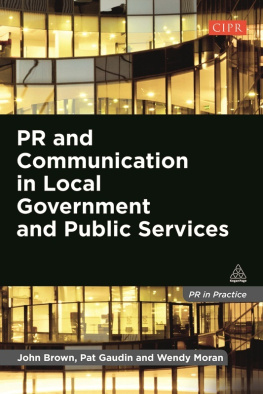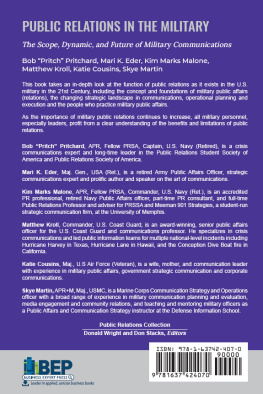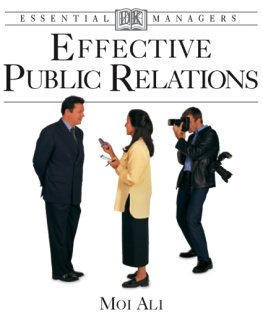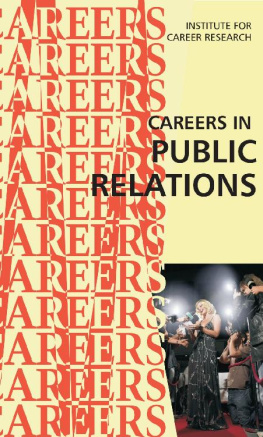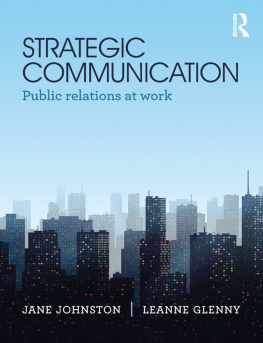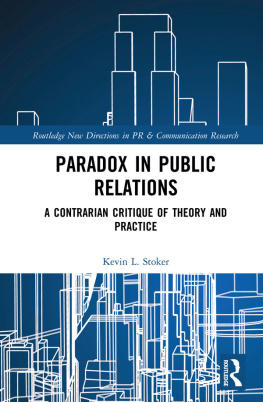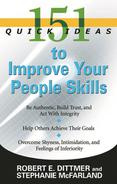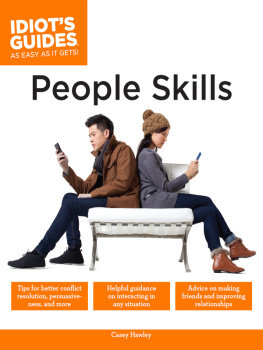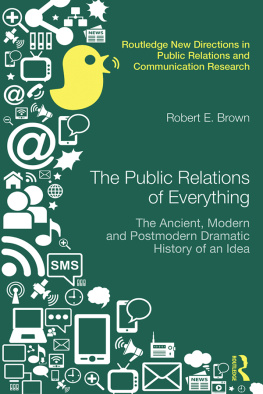
Copyright 2013 by Leonard S. Greenberger. All rights reserved. Except as permitted under the United States Copyright Act of 1976, no part of this publication may be reproduced or distributed in any form or by any means, or stored in a database or retrieval system, without the prior written permission of the publisher.
ISBN: 978-0-07-180644-2
MHID: 0-07-180644-X
The material in this eBook also appears in the print version of this title: ISBN: 978-0-07-180643-5, MHID: 0-07-180643-1.
All trademarks are trademarks of their respective owners. Rather than put a trademark symbol after every occurrence of a trademarked name, we use names in an editorial fashion only, and to the benefit of the trademark owner, with no intention of infringement of the trademark. Where such designations appear in this book, they have been printed with initial caps.
McGraw-Hill Education eBooks are available at special quantity discounts to use as premiums and sales promotions, or for use in corporate training programs. To contact a representative please e-mail us at bulksales@mcgraw-hill.com.
TERMS OF USE
This is a copyrighted work and McGraw-Hill Education and its licensors reserve all rights in and to the work. Use of this work is subject to these terms. Except as permitted under the Copyright Act of 1976 and the right to store and retrieve one copy of the work, you may not decompile, disassemble, reverse engineer, reproduce, modify, create derivative works based upon, transmit, distribute, disseminate, sell, publish or sublicense the work or any part of it without McGraw-Hill Educations prior consent. You may use the work for your own noncommercial and personal use; any other use of the work is strictly prohibited. Your right to use the work may be terminated if you fail to comply with these terms.
THE WORK IS PROVIDED AS IS. McGRAW-HILL EDUCATION AND ITS LICENSORS MAKE NO GUARANTEES OR WARRANTIES AS TO THE ACCURACY, ADEQUACY OR COMPLETENESS OF OR RESULTS TO BE OBTAINED FROM USING THE WORK, INCLUDING ANY INFORMATION THAT CAN BE ACCESSED THROUGH THE WORK VIA HYPERLINK OR OTHERWISE, AND EXPRESSLY DISCLAIM ANY WARRANTY, EXPRESS OR IMPLIED, INCLUDING BUT NOT LIMITED TO IMPLIED WARRANTIES OF MERCHANTABILITY OR FITNESS FOR A PARTICULAR PURPOSE. McGraw-Hill Education and its licensors do not warrant or guarantee that the functions contained in the work will meet your requirements or that its operation will be uninterrupted or error free. Neither McGraw-Hill Education nor its licensors shall be liable to you or anyone else for any inaccuracy, error or omission, regardless of cause, in the work or for any damages resulting therefrom. McGraw-Hill Education has no responsibility for the content of any information accessed through the work. Under no circumstances shall McGraw-Hill Education and/or its licensors be liable for any indirect, incidental, special, punitive, consequential or similar damages that result from the use of or inability to use the work, even if any of them has been advised of the possibility of such damages. This limitation of liability shall apply to any claim or cause whatsoever whether such claim or cause arises in contract, tort or otherwise.
For my children, Brandon and Rachel,
the two most courageous people I know.

CONTENTS
PREFACE
I recently celebrated my twentieth anniversary at the public relations firm where I work, Potomac Communications Group. Were a full-service public relations firm and help many types of clients communicate many types of messages to different audiences. In doing so, weve learned that the most effective techniques vary widely, depending to a large degree on the amount of trust and credibility the client has with the audience its trying to reach. If were promoting a consumer product or a conference for business executives, launching a new company, designing a new website, marketing a new energy-efficiency technology, or promoting a new series of publications to an associations membership, we can help our clients communicate as trusted peers and valued information sources. Those same clients need a very different style when they address something that represents even the perception of a threat to the audienceto the audiences health, environment, financial viability, and so on. They must change the very way they communicatehow they stand and dress, whether they should make jokes or smile, and how they hold their arms, tell stories, present information, or answer questionseverything. A business professional in even the most benign industries today must be prepared to shift from one style and set of strategies, skills, and techniques to the other at a moments notice.
Not long after I started with the company, one of our founding partners attended a conference in Texas on communicating in tough situations. Although the conference focused on energy issues, the organizers invited a senior communicator with a soft-drink company to be the luncheon speaker. She described the challenges associated with the cola warsthe marketing battle between cola giants Coke and Pepsi, and their smaller competitors. After lunch the attendees were all saying to one another how refreshing it would be to talk about bubbly, friendly issues like cola instead of much more formidable risks such as air and water pollution. Then they learned that the cola executive had to leave early to fly home because of a breaking news story about someone tampering with some of her companys soft-drink bottles and some dangerous substances that had been found inside. It was a stark reminder that everyone in every industry and company today needs to be prepared, all the time, to break through and win people over in very tough situations. It can happen to anyone at a moments notice.
While the circumstances vary, tough situations have one crucial element in common: traditional communication strategies that work perfectly well in normal situations prove to be ineffective. When the people with whom youre communicating are angry, worried, and suspicious of everything you say, you need to employ different skills and techniques to win them over.
That sort of challenge fascinated me from day one.
Like any young professional, I spent a lot of time during my first few years absorbing knowledge and expertise from people much more experienced and wiser than I was. These included my own colleagues, of course, as well as some of the firms clients. I also learned as much as I could from outside experts, including Dr. Vincent Covello, director of the Center for Risk Communication in New York City; Dr. Albert Mehrabian, currently professor emeritus of psychology at the University of California at Los Angeles; Dr. Peter Sandman, founder of the Environmental Communication Research Program at Rutgers University and now a private consultant; and Dr. Paul Slovic, a psychology professor at the University of Oregon.
As I gained experience, I began to build on the theory and practice I had soaked up in those early years with lessons learned and skills and techniques developed through hands-on work with clients. My colleagues and I learn something new every time we help guide a client through a tough situation, and we constantly hone our strategy and approach. Eventually, I became enough of an expert that organizations began inviting me to speak about communicating in tough situations. Ive traveled all over the country, sometimes training a handful of people and sometimes presenting to hundreds. All told, I would guess that my colleagues and I have worked with close to ten thousand people over the years.



